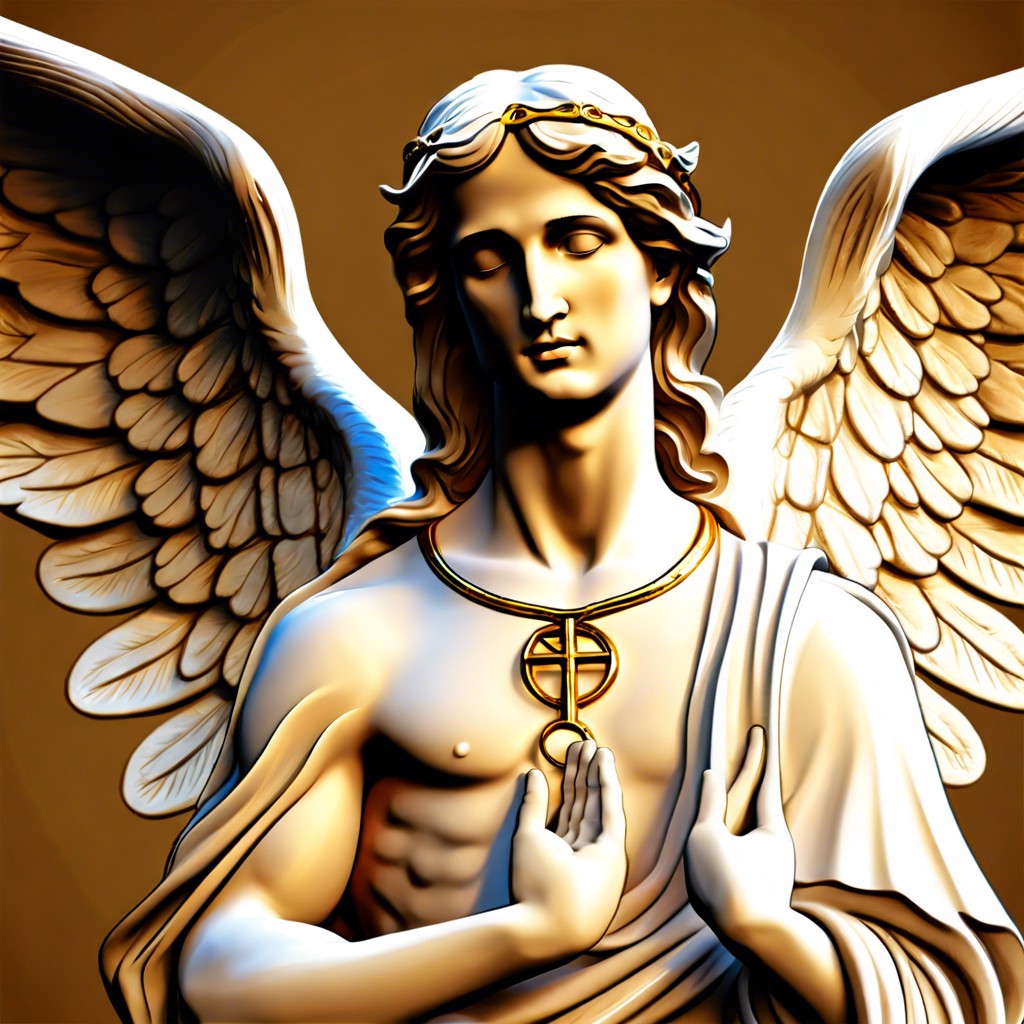Discover the spiritual meanings and symbolism behind the phenomenon of sleep paralysis.
Sleep paralysis is more than a medical phenomenon; across cultures and ages, it’s been imbued with deep spiritual significance. In this article, explore historical and cultural perspectives, uncover symbolic meanings in various spiritual traditions, and dive into common interpretations and transformative experiences. Find guidance for coping and understanding, and discover how sleep paralysis can catalyze personal growth.
Key takeaways:
- Across cultures, sleep paralysis holds diverse spiritual meanings.
- Symbolism varies from shamanic communication to astral projection attempts.
- Common views: spiritual awakening, visitation by spirits, inner strength test.
- Personal experiences often trigger spiritual exploration and growth.
- Coping tips: mindfulness, grounding techniques, dream journaling, spiritual protection.
Historical and Cultural Perspectives

Across history and cultures, sleep paralysis has often been cloaked in layers of mystery and fear. Many societies linked it to supernatural entities and spiritual phenomena.
In ancient Japanese folklore, it’s called Kanashibari and is believed to be the work of vengeful spirits. Similarly, in the Middle Ages, Europeans thought it was the doing of demonic beings or witches sitting on the chest of the sleeper.
Indigenous cultures in some African regions describe it as the presence of ancestral spirits trying to communicate. In Islamic tradition, it’s sometimes explained as an encounter with Jinns, spiritual beings made of smokeless fire.
These rich historical and cultural narratives demonstrate that sleep paralysis has long fascinated humanity, inspiring varied and profound interpretations.
Symbolism in Different Spiritual Traditions
In various spiritual traditions, sleep paralysis carries rich symbolism. In Shamanistic practices, it’s seen as a visit from the spirit world, where spirits or ancestors attempt to communicate. Many Native American tribes believe it’s a sign of spiritual awakening or an invitation to embark on a vision quest.
In Eastern philosophies like Hinduism and Buddhism, sleep paralysis is often associated with the energy body and chakras. It may indicate an imbalance or a blockage that needs to be addressed through meditation and spiritual practices.
Middle Eastern and Islamic traditions sometimes view sleep paralysis as a jinn encounter, a supernatural being trying to interact with the sleeper. Protection prayers and rituals are often used to ward off these entities.
In Western esoteric traditions, such as those found in mystical Christianity or occultism, sleep paralysis can signify an out-of-body experience or an astral projection attempt. It’s perceived as a threshold moment where the soul separates briefly from the physical body, offering a chance for profound spiritual insight.
Common Spiritual Interpretations
Many spiritual traditions view sleep paralysis as a significant experience. Some see it as a moment when the soul temporarily detaches from the body, often considered an opportunity for spiritual awakening.
Another interpretation is that it represents a visitation by a spirit or otherworldly being. This can be seen as a form of communication from the spiritual realm, where messages or warnings are delivered.
In some beliefs, sleep paralysis is thought to be a test of inner strength and resilience. Overcoming the fear and confusion associated with it can lead to personal growth and heightened spiritual awareness.
There are also perspectives that view it as a protective measure. In these views, the body is paralyzed to prevent the soul from being harmed while it is in a vulnerable state.
These interpretations vary widely, but they all underscore the importance of understanding and respect towards the experience.
Personal and Transformative Experiences
Many people who experience sleep paralysis describe it as a profound and transformative event. For some, it serves as a wake-up call to pay attention to their spiritual needs.
Some see it as a message from their higher self, urging them to explore their inner world more deeply.
Others interpret it as a sign to resolve lingering fears and anxieties, using it as an opportunity for personal growth.
A few view it as a mystical experience, connecting with spiritual entities or gaining insights that guide their spiritual journey.
Overall, these experiences often prompt individuals to seek more meaning in their lives, encouraging them to develop a deeper understanding of themselves and their spiritual beliefs.
Guidance for Coping and Understanding
Cultivating awareness can help navigate sleep paralysis with less fear. Being mindful of this state as a natural part of human experience can shift perspectives.
Grounding techniques, like deep breathing and meditation, can be invaluable. These practices center the mind, reducing anxiety.
Keeping a dream journal assists in recognizing patterns. Writing down experiences offers clarity and understanding over time.
A protective spiritual practice, such as surrounding oneself with positive energy or envisioning a safe space, can provide comfort.
Remember to approach sleep and spiritual experiences with an open mind, embracing curiosity over fear. Openness invites growth and self-discovery.





